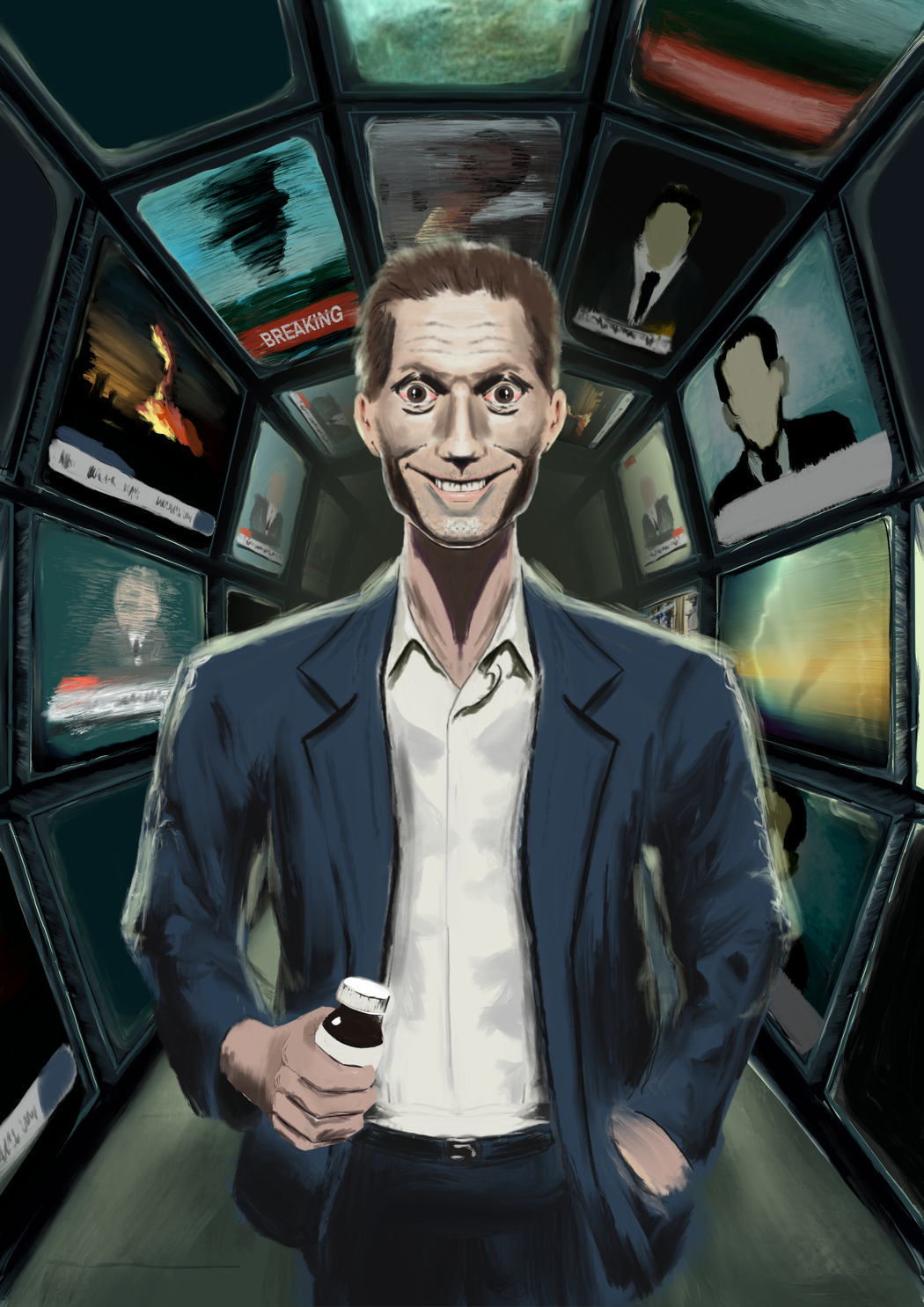Grigorii Kniagnitskii
Grigorii Kniagnitskii is an accomplished motion designer, illustrator, and visual artist with over a decade of experience shaping the language of contemporary motion graphics. His work bridges technology and emotion, transforming movement into storytelling and design into art.
A recognized figure in the international creative community, Grigorii became an Elite Author on the renowned platform Videohive and earned the title of two-time champion of the international motion design competition AEBattle, juried by leading motion design specialists from around the world (2012, 2013).
In 2025, his artistic career expanded beyond motion design when his first digital painting was exhibited across Virginia, New York, and Georgia. That same year, he earned third place in a national design competition for the pizza brand OTTO, and his beer label design was selected as a finalist among 200 international entries, later showcased in New York. His T-shirt design for the Heart&Art competition—organized by CM Cubed Art and Hello Art World in Los Angeles—secured a Top 15 placement and received a Certificate of Excellence, underscoring his versatility across artistic disciplines.
Throughout his career, Grigorii has created content for global brands such as Samsung, Reno, Nestlé, and Lysol, crafting motion design pieces that blend technical sophistication with emotional resonance. His commercial for Lysol illuminated the streets of Moscow on public screens, captivating audiences in one of the world’s busiest cities. The project Kick-off 2015, in which Grigorii served as one of the leading specialists for the IT giant Kaspersky, won the prestigious Event of the Year award in 2016.
 Grigorii Kniagnitskii | Smile Through The Chaos | 2025
Grigorii Kniagnitskii | Smile Through The Chaos | 2025
“Smile Through The Chaos” presents a striking critique of media saturation. What specific aspects of modern news culture influenced this piece?
The piece was inspired by the relentless stream of overwhelmingly negative information we face on a daily basis — from traditional TV news to social media, YouTube, and messaging platforms like Telegram. No matter where you turn, there’s a sense of emotional overload. I wanted to visually capture that psychological fatigue, especially the emotional toll of being bombarded by crisis after crisis.
The smile in your artwork feels both forced and haunting. Can you speak about the role of facial expression in your visual storytelling?
The facial expression of the main character represents the way we all live right now — forcing ourselves to smile just to hold things together. That tension results in an unnatural, almost creepy smile. It’s a mask we wear to survive emotionally.
How do you balance dark humor and serious psychological themes in your work?
I try not to let the heaviness of the subject dominate the piece. Instead, I use dark humor to create distance — not to minimize the pain, but to make the message more digestible. Humor gives people a reason to engage rather than turn away. It’s especially important now, when many people feel overwhelmed or disconnected. I want to make them pause, feel something, and maybe even reflect.
What role does animation play in your personal process of reflection and healing?
Animation has always been my dream, and becoming a motion designer was my path to realizing it. I’ve created content for major brands like Reno, Nescafé, Samsung, AstraZeneca, Sanofi, Lysol, and many others — crafting visuals that communicate clearly and resonate emotionally.
To deepen my skills, I taught myself illustration and painting, which opened new doors. One of my recent animated comic episodes explores similar themes to Smile Through the Chaos — how people turn to alcohol to escape overwhelming reality. Creating that piece helped me process some of my own experiences.
Do you view your art as a form of activism, especially in the context of mental health awareness?
That wasn’t my original goal — I started creating art to process personal emotions. But over time, I saw that what I was expressing resonated with others who were dealing with the same emotional pressure. That realization turned the work into something more outward-looking.
For example, my painting Smile Through the Chaos was exhibited in Virginia as part of Mindscapes: Exploring the Art of Mental Health, and it will also be featured in the upcoming Art Groove exhibition in New York City. The piece is about what happens when we’re forced to perform emotional stability under constant psychological strain.
In addition, combining classical frame by frame animation and my motion-design skills, I’m developing a short animation about depression, based on my own experience, using the language of motion design to connect with people who might be struggling and need to feel understood.
How has your experience as a motion designer shaped your approach to static illustration like this one?
Motion design trained me to think in rhythm, emotion, and sequence — even when I’m creating a single frame. I pay attention to how visual elements guide the eye and evoke feeling. Whether it’s for a corporate campaign or a psychological narrative, the storytelling principles are the same.
I’ve also created educational graphics for school textbooks and was invited to produce a professional training series for Skillbox, one of the biggest online schools in Russia. That background gives me both a technical and emotional foundation in my illustrations.

Leave a Reply